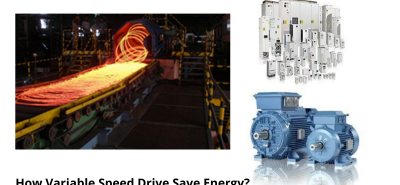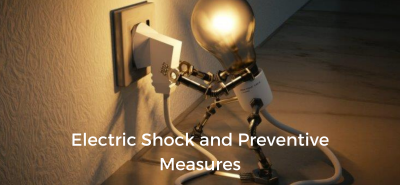The role of protection relays in solving electrical problems.
Protection Relay
Protection relays can be understood as a smart device designed to receive inputs, compare it with the setpoints to provide output. Inputs exist in the form of voltage, current, resistance, or even temperature. Outputs are a visual representation of feedback in the form of indicator lights, alphanumeric display, communications, control warnings, alarms and sometimes switching the power to on and off.
It can be stated that the concept of relays is critical in electrical power systems and in managing power distribution, whether in homes, commercial, or industrial settings.
It very well may be expressed that the idea of a relay is vital in electrical power systems for crucial management of power distribution regardless of whether in homes, business, or modern industrial settings.
The Working of Protection Relays.
Protection relays are widely used to solve electrical problems with many similarities to a thermostat solving the issues of control automation of AC or furnaces at home.
Detection of a problem is the main objective of the protection relay, preferably during its early stage, and to either dispense or essentially decrease harm to the equipment or the personnel.
The following stages outline how an electrical issue is created:
Stage 1:
The deterioration of insulation will slowly start when the conductors with better insulation are exposed to fault initiators that include dampness, dust, continuous overloading, vibration. These little changes won’t be immediately evident until the harm is sufficiently serious to cause an electrical deficiency.
By analyzing minor deviations in current, voltage, resistance, or temperature, protective relays can easily figure out a problem.
With such a minor magnitude change, protection relay – a sophisticated sensitive device, can identify such conditions and provide information about the issue before any further harm is caused.
Stage 2:
As the issue turns out to be progressively extreme, further changes happen. For example, breakdown of insulation, overheating, or overvoltage. Since the change from normal to abnormal is huge, power is interrupted using traditional devices.
To ensure extra protection, relays are utilized to detect fault contributors such as overheating, overvoltage, and so on. Circuit breakers and fuses cannot detect such contributors.
Stage 3:
At this stage, the issue has happened and caused harm. Various kinds of protection relays and monitors can lessen or kill harm since they recognize issues ahead of time when compared with traditional devices.
For instance, if an office is ceaselessly resetting circuit breakers, supplanting fuses, or fixing gear and still can’t find the issue, they might be encountering overcurrents. If so, the user can install a protection relay that comes with the overcurrent feature.
The protection relays measures the current (input) and permits the user to set limits. These settings are sensitive more than the circuit breakers and fuses.
When these set limits are surpassed, the protection relays will work an inside switch called the relay contacts providing users with options to either use the switch to turn on lights or to eliminate power prior to the occurrence of much bigger issues.






LEAVE A COMMENT